What is Silver Sparrow Malware (Mac)
Silver Sparrow Malware (Mac) is a piece of malicious software that targets Mac computers. The malware was detected in January, 2021 and has made headlines over the last couple of weeks for its strange behaviour, or rather for not actually doing anything. The malware has two versions, one that affects x86-based Macs, and one that targets new M1 Macs. The malware is highly unusual in the sense that it’s dormant. Anti-virus software vendor Malwarebytes has detected the malware on over 39,000 Mac computers that have the security tool, but it appears that the malware has not delivered any kind of payload. According to Malwarebytes, countries like US, UK, Canada, France and Germany have the most infected users.
Not much information is known about the malware, even its distribution methods are not confirmed, though it’s very likely that it spreads via malicious ads, pirated software, fake updates and torrents. Some security specialists believe that it could also be distributed via malicious search engine results that could redirect users to download the malicious code.
How does Silver Sparrow Malware (Mac) infect a computer?
It is currently unknown how exactly Silver Sparrow Malware manages to enter a computer but the typical malware distribution methods should not be ruled out. Those methods include malicious ads, pirated software, fake Adobe Flash updates, torrents and malicious search engine results.
When it comes to Mac users, many believe that Mac computers are not affected by malware, and this false belief is why some users may engage in more risky behaviour than they would when using Windows computers. Even if Mac malware is much less common in comparison, it does exist, and it can enter in a variety of ways. For example, downloading torrents is still risky, even on a Mac computer. Torrent sites are often full of malware due to how poorly they are managed, so when you pirate a popular movie via torrents, you have a high chance of picking up malware.
Malware can also enter if you download fake updates. Fake Adobe Flash updates are especially common, and downloading it more often than not will lead to some kind of infection. If you weren’t already aware of this, legitimate update notifications will not appear in your browser when you’re browsing. And most updates install automatically without you needing to do anything.
You should also be very careful with ads when browsing high-risk websites. When browsing sites that, for example, host pornography or pirated content it’s important to not click on any ads as they could lead to you downloading something malicious. If you’re planning on using high-risk websites, have adblocker and anti-virus software installed on your computer.
What does Silver Sparrow Malware (Mac) do?
Detecting Silver Sparrow’s presence on a Mac without anti-virus software would be very difficult because it does not exhibit any of the usual behaviour that would indicate an infection. In fact, the malware doesn’t do anything so there are no symptoms to notice. The only thing it currently does is connect to a command-and-control server every hour to check whether there are new instructions. Furthermore, it has been noticed to have a self-destruct feature, and it is capable of hiding its existence.
Despite the fact that it is yet to deliver a payload, Silver Sparrow Malware is still considered to be a highly dangerous infections, especially because it was able to spread so extensively in such a small amount of time.
Silver Sparrow Malware (Mac) removal
To even detect its presence on a Mac, anti-virus software is necessary, not to mention to remove Silver Sparrow Malware (Mac). Most anti-virus programs will do the trick so you can use any of them. Apple has also said that it has taken measures to prevent new infections. According to news reports, Apple has revoked certificates for developer accounts used by the this malware author to sign in to packages. This means that no new infections should happen.
For many, the Silver Sparrow malware serves as a stark reminder that Macs are not untouchable when it comes to malware. There has long since been a belief, a rather dangerous one at that, that Macs are immune to malware but that’s is not actually the case. While not as common, Mac malware does exist and it’s just as harmful.
Offers
Download Removal Toolto scan for Silver Sparrow Malware (Mac)Use our recommended removal tool to scan for Silver Sparrow Malware (Mac). Trial version of provides detection of computer threats like Silver Sparrow Malware (Mac) and assists in its removal for FREE. You can delete detected registry entries, files and processes yourself or purchase a full version.
More information about SpyWarrior and Uninstall Instructions. Please review SpyWarrior EULA and Privacy Policy. SpyWarrior scanner is free. If it detects a malware, purchase its full version to remove it.

WiperSoft Review Details WiperSoft (www.wipersoft.com) is a security tool that provides real-time security from potential threats. Nowadays, many users tend to download free software from the Intern ...
Download|more


Is MacKeeper a virus? MacKeeper is not a virus, nor is it a scam. While there are various opinions about the program on the Internet, a lot of the people who so notoriously hate the program have neve ...
Download|more


While the creators of MalwareBytes anti-malware have not been in this business for long time, they make up for it with their enthusiastic approach. Statistic from such websites like CNET shows that th ...
Download|more
Quick Menu
Step 1. Uninstall Silver Sparrow Malware (Mac) and related programs.
Remove Silver Sparrow Malware (Mac) from Windows 8
Right-click in the lower left corner of the screen. Once Quick Access Menu shows up, select Control Panel choose Programs and Features and select to Uninstall a software.
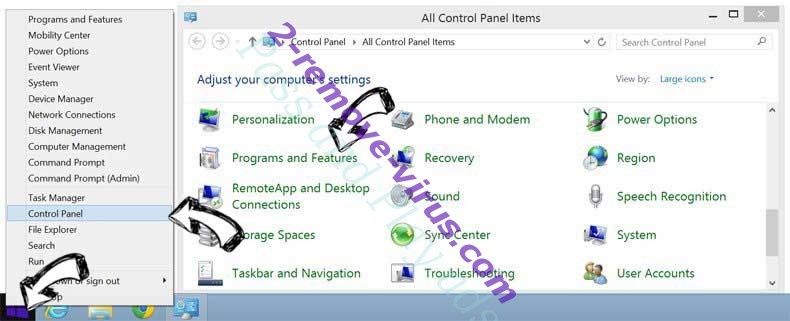

Uninstall Silver Sparrow Malware (Mac) from Windows 7
Click Start → Control Panel → Programs and Features → Uninstall a program.
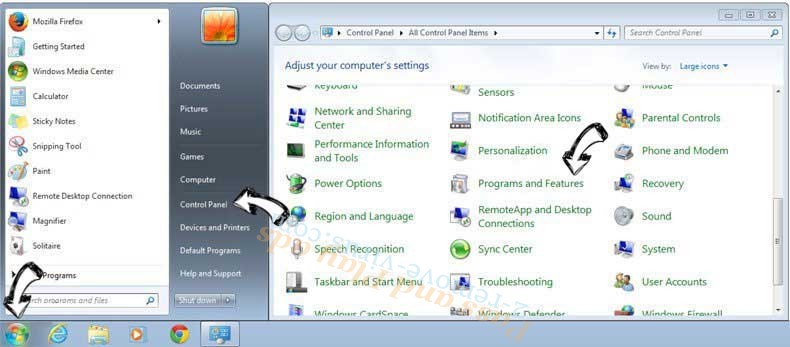

Delete Silver Sparrow Malware (Mac) from Windows XP
Click Start → Settings → Control Panel. Locate and click → Add or Remove Programs.
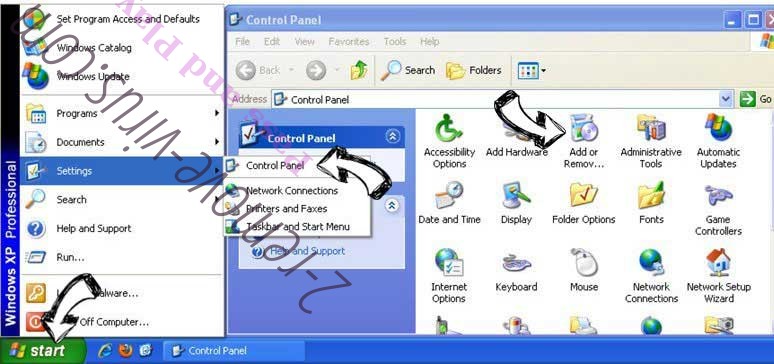

Remove Silver Sparrow Malware (Mac) from Mac OS X
Click Go button at the top left of the screen and select Applications. Select applications folder and look for Silver Sparrow Malware (Mac) or any other suspicious software. Now right click on every of such entries and select Move to Trash, then right click the Trash icon and select Empty Trash.
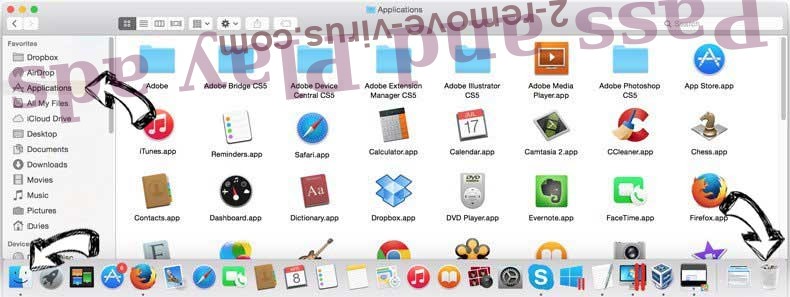

Step 2. Delete Silver Sparrow Malware (Mac) from your browsers
Terminate the unwanted extensions from Internet Explorer
- Tap the Gear icon and go to Manage Add-ons.

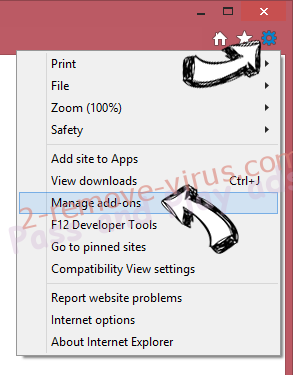
- Pick Toolbars and Extensions and eliminate all suspicious entries (other than Microsoft, Yahoo, Google, Oracle or Adobe)

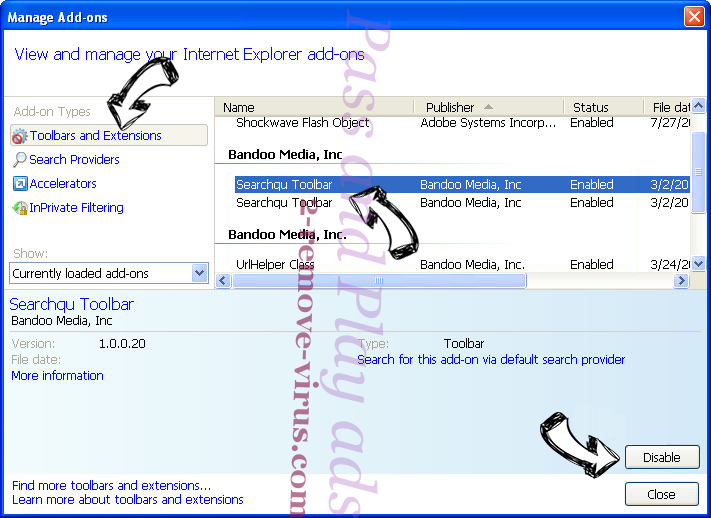
- Leave the window.
Change Internet Explorer homepage if it was changed by virus:
- Tap the gear icon (menu) on the top right corner of your browser and click Internet Options.

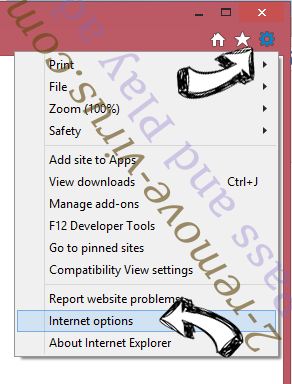
- In General Tab remove malicious URL and enter preferable domain name. Press Apply to save changes.

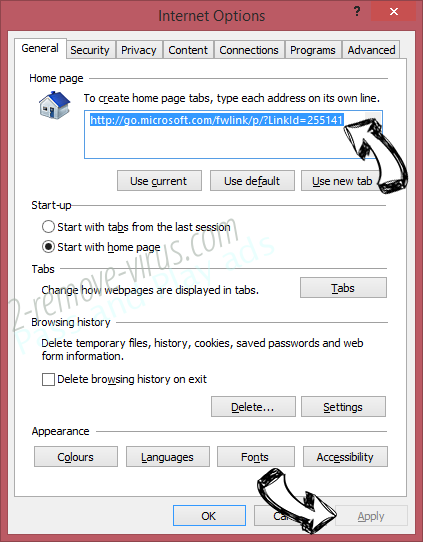
Reset your browser
- Click the Gear icon and move to Internet Options.

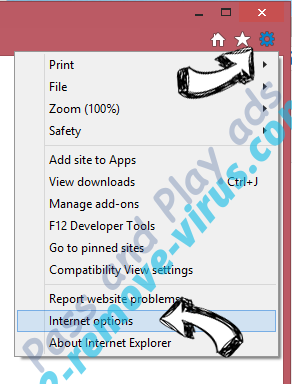
- Open the Advanced tab and press Reset.

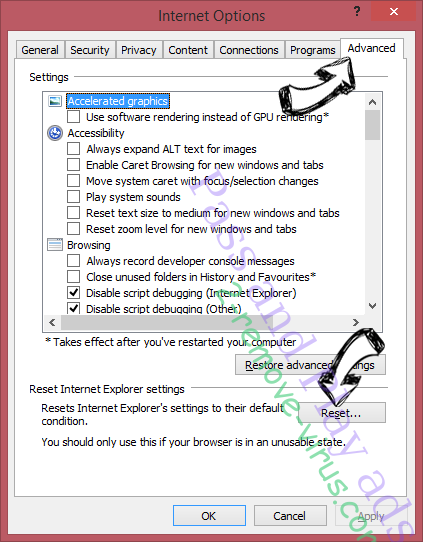
- Choose Delete personal settings and pick Reset one more time.


- Tap Close and leave your browser.

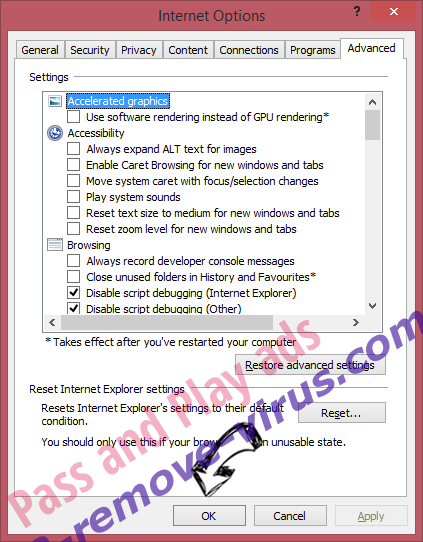
- If you were unable to reset your browsers, employ a reputable anti-malware and scan your entire computer with it.
Erase Silver Sparrow Malware (Mac) from Google Chrome
- Access menu (top right corner of the window) and pick Settings.


- Choose Extensions.

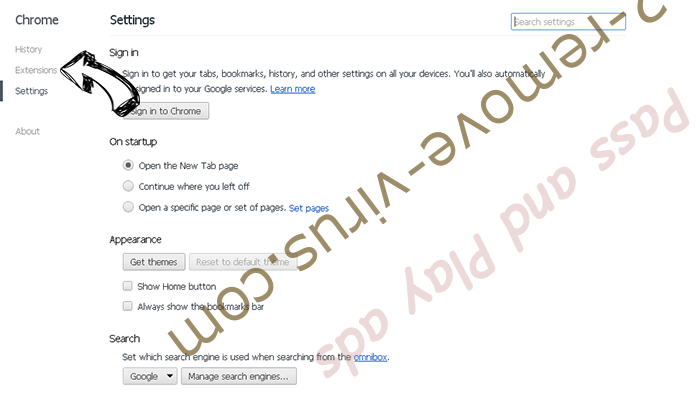
- Eliminate the suspicious extensions from the list by clicking the Trash bin next to them.


- If you are unsure which extensions to remove, you can disable them temporarily.


Reset Google Chrome homepage and default search engine if it was hijacker by virus
- Press on menu icon and click Settings.


- Look for the “Open a specific page” or “Set Pages” under “On start up” option and click on Set pages.


- In another window remove malicious search sites and enter the one that you want to use as your homepage.


- Under the Search section choose Manage Search engines. When in Search Engines..., remove malicious search websites. You should leave only Google or your preferred search name.

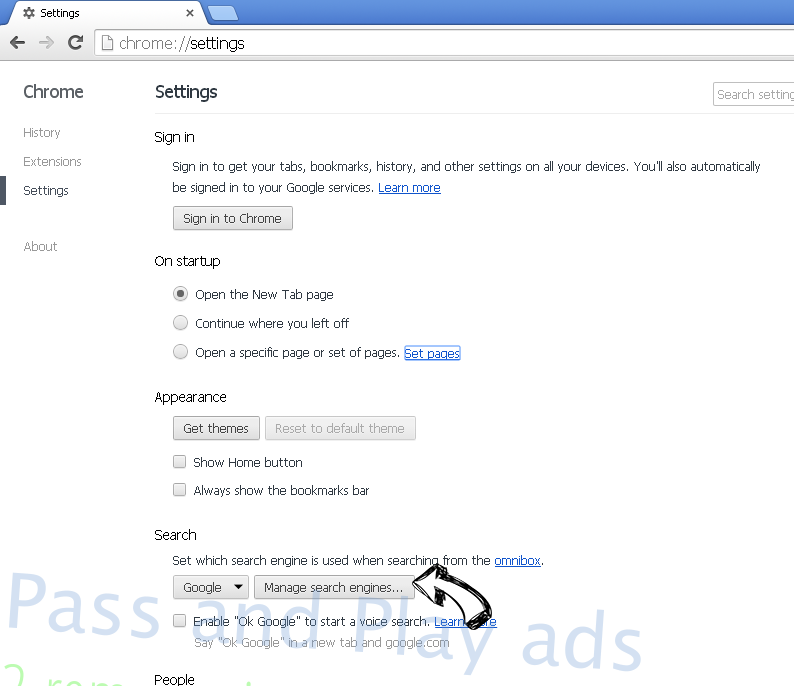


Reset your browser
- If the browser still does not work the way you prefer, you can reset its settings.
- Open menu and navigate to Settings.

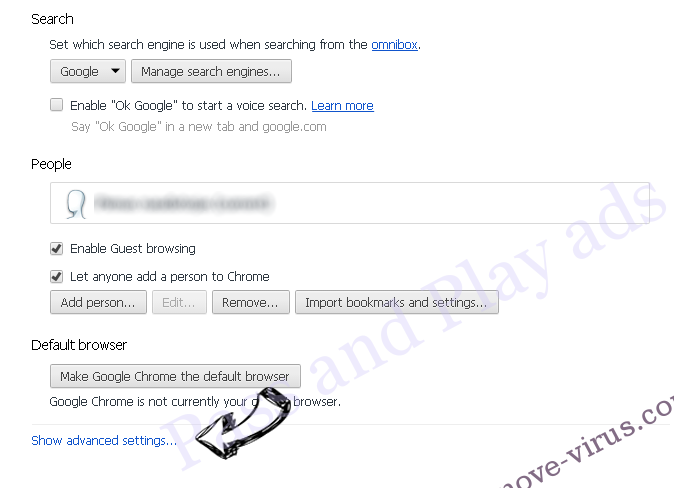
- Press Reset button at the end of the page.

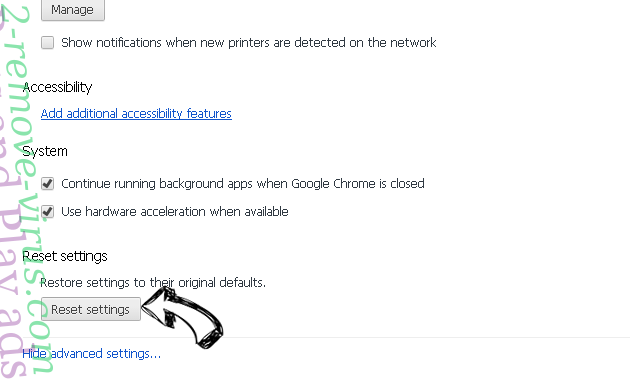
- Tap Reset button one more time in the confirmation box.


- If you cannot reset the settings, purchase a legitimate anti-malware and scan your PC.
Remove Silver Sparrow Malware (Mac) from Mozilla Firefox
- In the top right corner of the screen, press menu and choose Add-ons (or tap Ctrl+Shift+A simultaneously).

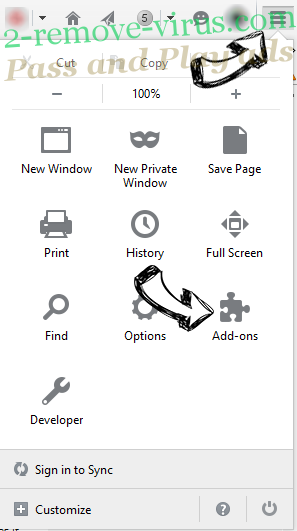
- Move to Extensions and Add-ons list and uninstall all suspicious and unknown entries.

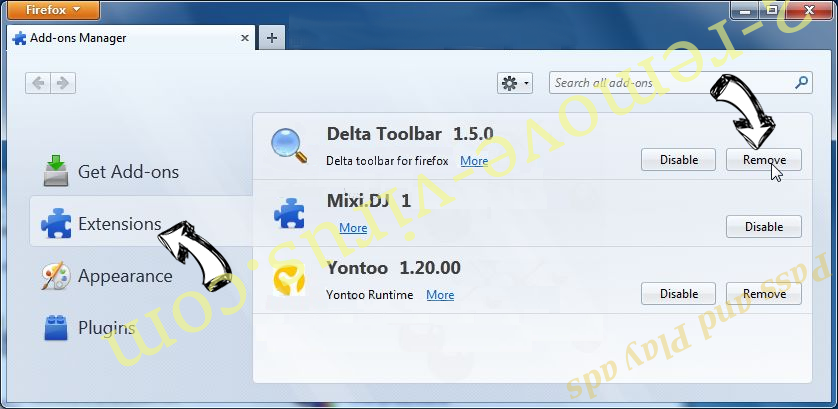
Change Mozilla Firefox homepage if it was changed by virus:
- Tap on the menu (top right corner), choose Options.


- On General tab delete malicious URL and enter preferable website or click Restore to default.

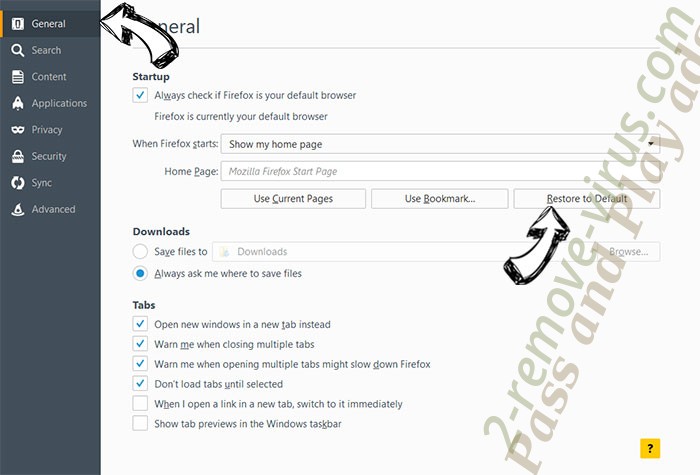
- Press OK to save these changes.
Reset your browser
- Open the menu and tap Help button.


- Select Troubleshooting Information.


- Press Refresh Firefox.


- In the confirmation box, click Refresh Firefox once more.


- If you are unable to reset Mozilla Firefox, scan your entire computer with a trustworthy anti-malware.
Uninstall Silver Sparrow Malware (Mac) from Safari (Mac OS X)
- Access the menu.
- Pick Preferences.

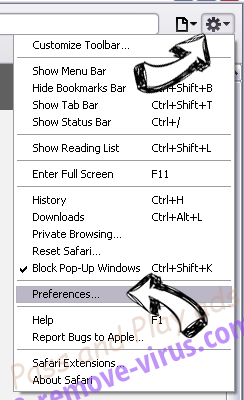
- Go to the Extensions Tab.

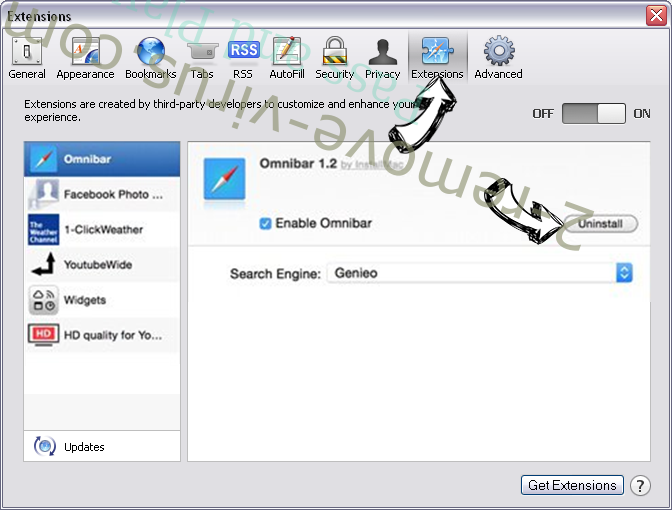
- Tap the Uninstall button next to the undesirable Silver Sparrow Malware (Mac) and get rid of all the other unknown entries as well. If you are unsure whether the extension is reliable or not, simply uncheck the Enable box in order to disable it temporarily.
- Restart Safari.
Reset your browser
- Tap the menu icon and choose Reset Safari.


- Pick the options which you want to reset (often all of them are preselected) and press Reset.


- If you cannot reset the browser, scan your whole PC with an authentic malware removal software.
Site Disclaimer
2-remove-virus.com is not sponsored, owned, affiliated, or linked to malware developers or distributors that are referenced in this article. The article does not promote or endorse any type of malware. We aim at providing useful information that will help computer users to detect and eliminate the unwanted malicious programs from their computers. This can be done manually by following the instructions presented in the article or automatically by implementing the suggested anti-malware tools.
The article is only meant to be used for educational purposes. If you follow the instructions given in the article, you agree to be contracted by the disclaimer. We do not guarantee that the artcile will present you with a solution that removes the malign threats completely. Malware changes constantly, which is why, in some cases, it may be difficult to clean the computer fully by using only the manual removal instructions.

